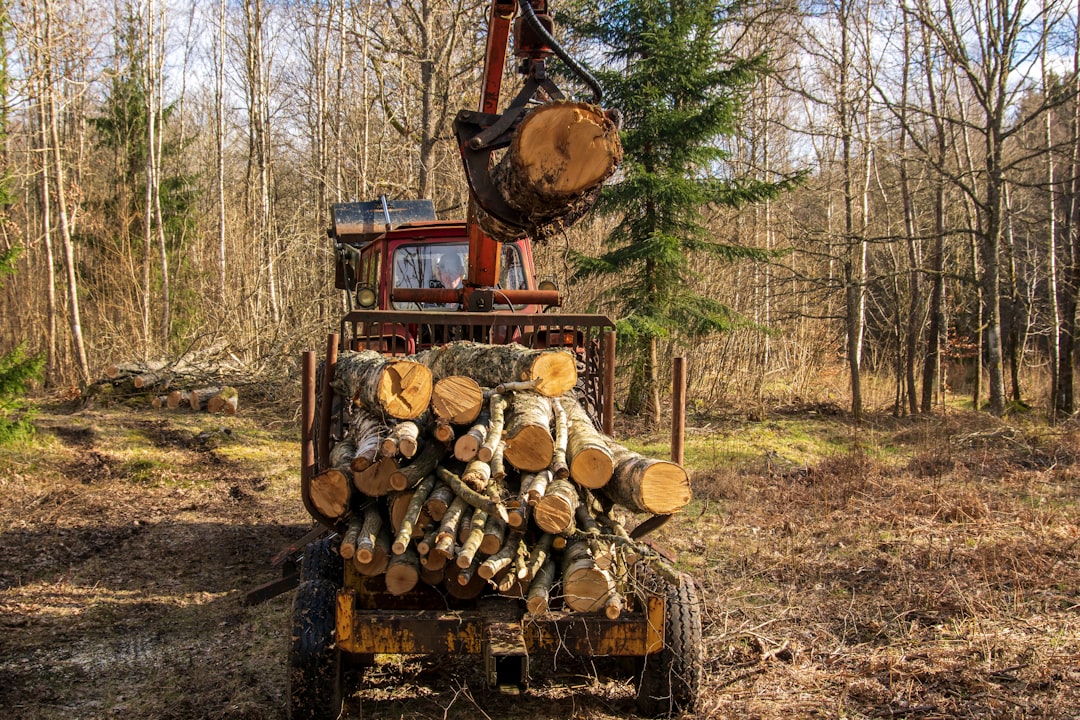Understanding Tree Planting Costs in Residential Construction
Incorporating trees into residential construction projects can significantly enhance property value and aesthetics. However, understanding the costs involved is crucial for construction professionals. Tree planting costs can range from $150 for small ornamentals to $4,500 for large caliper trees. These costs include materials, labor, equipment, and permits, but exclude ongoing maintenance.
Typical Price Range for Tree Planting
Here's a breakdown of typical costs:
- Small ornamental (5-gallon, 4-6 ft tall): $150 – $350 per tree installed
- Medium shade (15- to 30-gallon, 8-12 ft tall): $350 – $800 per tree installed
- Large caliper (2- to 4-inch trunk, 12-20 ft tall, crane set): $900 – $4,500 per tree installed
These figures cover material, labor, equipment, and standard mulch.
Breaking Down the Numbers
1. Materials
- Tree stock price varies by species, nursery grade, and trunk caliper
- Soil amendments, biochar, fertilizer spikes, and root stimulants add $15 – $60 per tree
- Hardwood mulch and staking kits run $25 – $40 per tree
2. Labor
- Crew mobilization, digging, and setting: 1-3 staff hours per unit
- Crane or skid-steer operator for large trees: 0.5-1 hour per unit
- Cleanup and watering: 0.25 hour per unit
3. Equipment
- Skid-steer rental: $280 – $375 per day
- Crane mobilization (if needed): $700 – $1,100 flat fee
- Auger bits or tree spades: $50 – $120 wear charge
4. Soft Costs
- Local permits or HOA approvals: $25 – $150
- Utility location services: often free, but allow scheduling time
How CountBricks Generates Real-Time Tree Planting Estimates
CountBricks leverages voice capture, AI pricing libraries, and blueprint takeoffs to deliver accurate estimates quickly. Simply open a project, speak your requirements, and receive a detailed estimate with regional pricing and labor rates.
Key Benefits for Residential Contractors
- Reduce takeoff time by up to 80% with voice-driven data entry
- Avoid hidden costs with automatic fee flagging
- Seamless change orders and integrated scheduling
Cost Variables You Should Never Ignore
Soil Quality
Clay or rocky soils may require additional costs for soil amendments, adding $50 – $120 per tree.
Access and Logistics
- Narrow side yards may increase labor costs
- Overhead power lines could necessitate additional equipment
- Newly poured driveways may require protection, adding $2 – $3 per square foot
Species Selection
Fast-growing trees may have lower initial costs but higher maintenance expenses. CountBricks can help track lifecycle costs for better planning.
Step-by-Step Tree Planting Workflow with CountBricks
1. Capture Client Goals: Record client requirements using the CountBricks mobile app.
2. Generate Instant Estimate: AI pulls live costs for materials, labor, and equipment.
3. Issue the Proposal: Create a branded PDF for client approval.
4. Schedule Crews: Sync tasks to your calendar and notify staff.
5. Final Verification: Attach photos of completed work to the invoice.
Long-Term Value: Why Trees Pay for Themselves
Energy modeling shows that mature shade trees can reduce cooling loads by 10%. Homes with well-planned tree packages often sell faster and at higher values.
Pro Tips from CountBricks Arbor Construction Team
- Always call utility locators 72 hours in advance
- Dig holes 2-3 times wider than the root ball
- Remove synthetic burlap; natural burlap can stay if cut away from trunk flare
- Water daily for the first two weeks, then taper to twice weekly
- Add 2-3 inches of mulch, keeping it 3 inches away from the bark
Ready to Estimate Your Next Tree Planting?
CountBricks streamlines every stage of the process. Start a free demo at CountBricks.com.
Case Study: Maple Grove Subdivision Phase 2
CountBricks collaborated with Evergreen Builders on a Nashville development requiring 120 shade trees to meet canopy requirements.
Scope Overview
- 60 red maples, 45-gallon containers
- 40 tulip poplars, 30-gallon containers
- 20 crepe myrtles, 15-gallon containers
Fast, Accurate Estimating
The superintendent used CountBricks to quickly generate an estimate:
- Materials: $86,400
- Labor: $28,950
- Equipment: $9,200
- Soft costs: $3,100
Total projected install: $127,650—$1,063 per tree.
Outcome and Savings
By identifying potential fees early, Evergreen avoided a $4,000 change order, finishing the project early and increasing profit margins.
Lessons Learned
- Integrating tree costs early reduces conflicts
- Voice-driven revisions improve efficiency
- Detailed cost history aids future bidding
Next Steps
For accurate tree planting estimates, use CountBricks for quick, reliable pricing.

